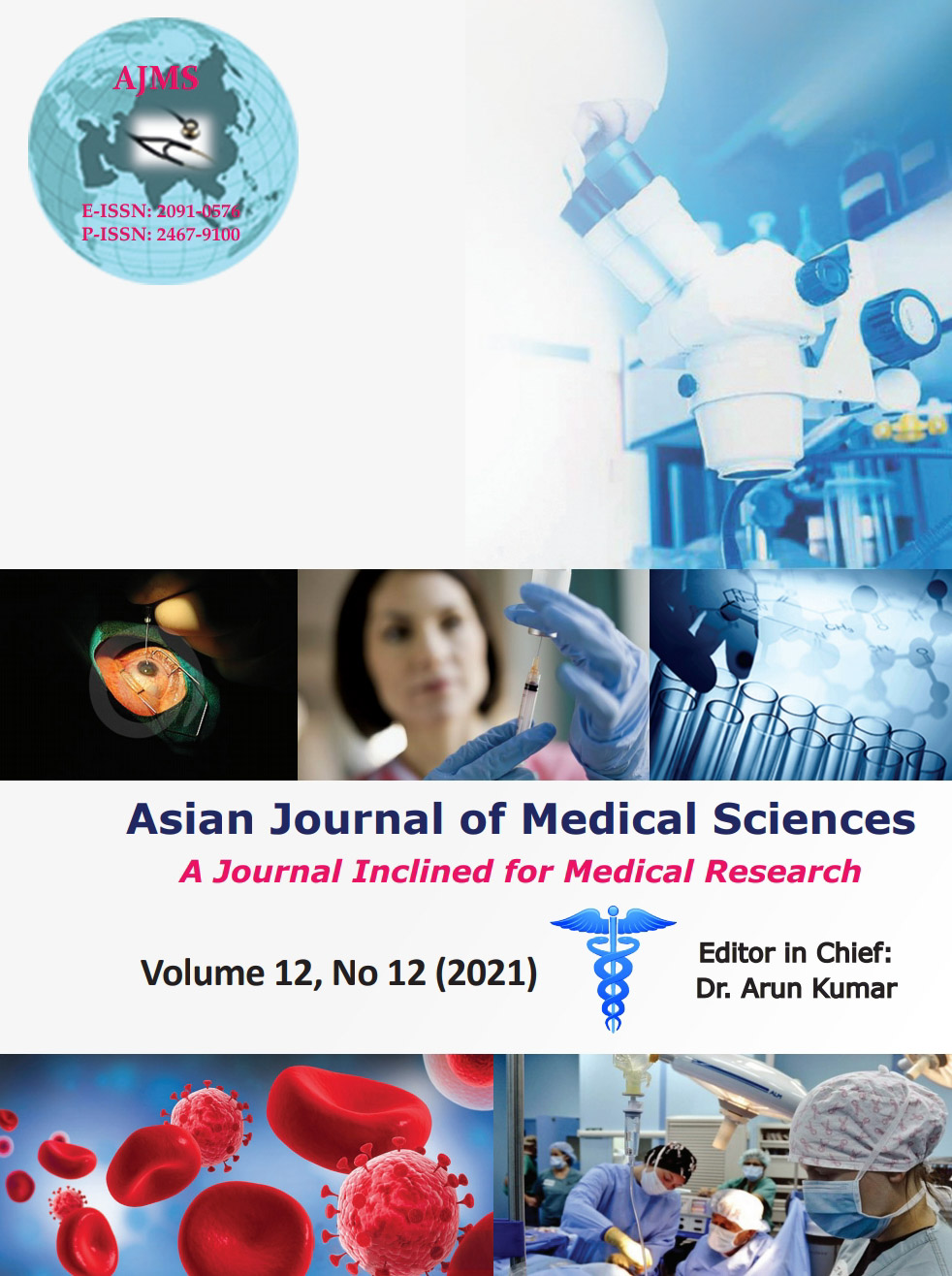Comparative effectiveness of topical lignocaine nebulization and airway nerve blocks for awake fiber-optic nasal intubation in TM joint ankylosis
Keywords:
Fiber-optic, Lignocaine, Nasal intubation, Nebulization, Nerve blocksAbstract
Background: Awake fiber-optic nasal intubation is a gold standard management of difficult airway in temporal mandibular (TM) joint ankylosis.
Aims and Objectives: We compared topical lignocaine nebulization with airway nerve blocks for awake fiber-optic nasal intubation in TM joint ankylosis.
Materials and Methods: Fifty patients of either gender were randomly allocated into two groups of 25 each. Group I received 10 ml of 2% lignocaine nebulization over a period for 20 min. Group II received bilateral superior laryngeal nerve block and transtracheal recurrent laryngeal nerve block (each with 2 ml of 2% lignocaine). Awake fiber-optic bronchoscopy-guided nasal intubation was done in all patients. All the patients received sedation during the procedure. The intubation time, intubating conditions, vocal cord position, cough severity, and degree of patient satisfaction were recorded. Student’s t-test was used to analyze parametric data, while the Mann–Whitney U-test was applied to non-parametric data and Fisher’s test to categorical data. P<0.05 was considered statistically significant.
Results: The time taken for intubation was significantly shorter in Group II [110.2 (14.6) s compared with Group I (211.0 [22.3] s) (P=0.028 ss). The intubating conditions and degree of patient comfort were better in Group II compared with Group I. Although all patients were successfully intubated, patient satisfaction was higher in Group II.
Conclusion: Airway nerve block is a better way of anesthetizing airway as compared to nebulization for awake fiber-optic nasal intubation. However, nebulization with lignocaine may be an alternative in situations where nerve blocks are not feasible or may be used as an adjuvant to nerve blocks.
Downloads
Downloads
Published
How to Cite
Issue
Section
License
Copyright (c) 2021 Asian Journal of Medical Sciences

This work is licensed under a Creative Commons Attribution-NonCommercial 4.0 International License.
Authors who publish with this journal agree to the following terms:
- The journal holds copyright and publishes the work under a Creative Commons CC-BY-NC license that permits use, distribution and reprduction in any medium, provided the original work is properly cited and is not used for commercial purposes. The journal should be recognised as the original publisher of this work.
- Authors are able to enter into separate, additional contractual arrangements for the non-exclusive distribution of the journal's published version of the work (e.g., post it to an institutional repository or publish it in a book), with an acknowledgement of its initial publication in this journal.
- Authors are permitted and encouraged to post their work online (e.g., in institutional repositories or on their website) prior to and during the submission process, as it can lead to productive exchanges, as well as earlier and greater citation of published work (See The Effect of Open Access).




